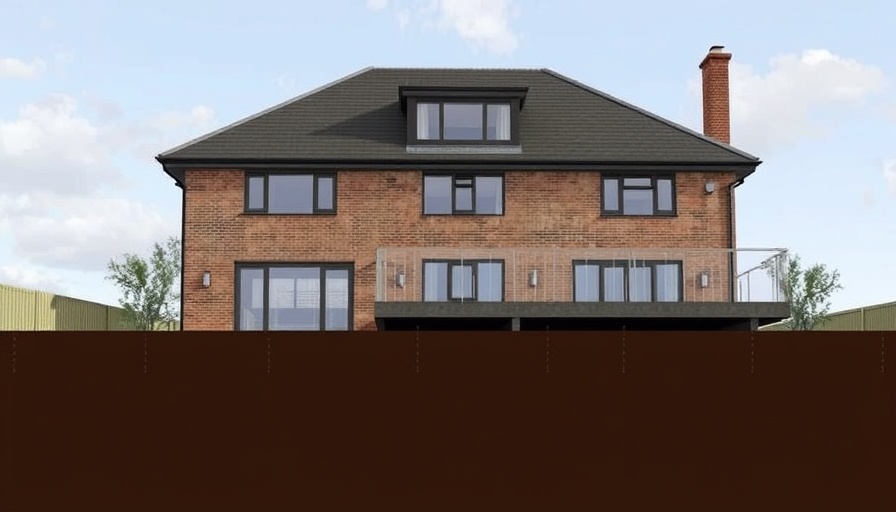
Understanding Helical and Screw Piles for Sustainable Foundations
In the evolving landscape of sustainable construction, helical piles and screw piles have emerged as paramount solutions for homeowners targeting eco-friendly developments. Unlike traditional concrete foundations, these foundation systems are known for their quick installation and minimal disturbance to the site, particularly vital in urban areas like London where space and environmental considerations are key.
Why Choose Helical and Screw Piles?
Helical piles, also often referred to as screw piles, are engineered to provide robust support in challenging conditions. Their unique design incorporates a helical shaft that functions much like a screw driving into the ground, anchoring the structure firmly. This method is particularly beneficial for constructions on sloped lots or locations where soil quality is subpar. Residents in London can particularly benefit from this technology, given the varied ground conditions commonly found beneath urban landscapes.
The Eco-Friendly Benefits of Using Helical Piles
The adoption of helical piles aligns closely with sustainable building practices. First, their installation generates significantly less waste compared to traditional concrete methods. They also require less heavy machinery, reducing fuel emissions and lowering the carbon footprint associated with building projects. This can be particularly appealing for eco-conscious homeowners interested in reducing their environmental impact.
Installation Process Explained
Installing helical or screw piles is markedly quicker and less intrusive than traditional concrete foundations. For instance, the installation can often be completed within a day, minimizing the disruption to surrounding areas - an essential factor for homes in neighborhoods with space constraints. Homeowners can enjoy a seamless construction experience with minimal site disturbance and quicker occupancy timelines.
Cost Implications: A Competitive Edge
When evaluating costs, helical and screw piles can prove to be more economical than traditional foundations. Though the initial investment may vary, the decreased need for excavation and substantial materials can lower overall project budgets. In regions where labor and time are at a premium, such as in London, this cost-effectiveness makes helical piles an attractive choice.
Addressing Common Concerns and Misconceptions
Some potential buyers may express concerns about the long-term stability of screw piles compared to concrete. However, modern engineering has demonstrated that these piles offer excellent durability, often lasting as long as traditional foundations with the advantage of easier repair and replacement processes. Engaging with industry professionals can provide homeowners with the reassurance needed to embrace this innovative solution.
Future Trends in Sustainable Home Foundations
As urban expansion continues to rise, and sustainability becomes imperative, the demand for alternatives to classic foundation systems will likely grow. The technology behind helical and screw piles is expected to evolve, with advancements potentially leading to even more adaptable and eco-friendly solutions. Homeowners and builders alike should stay abreast of these developments to maximize their building projects' sustainability.
Conclusion: The Case for Sustainable Foundations in London
Incorporating helical and screw piles into the foundation strategy of a new home or extension not only supports environmental stewardship but also aligns with practical needs in densely populated areas like London. As interest in sustainable practices heightens, these innovative materials provide a pathway for homeowners to contribute meaningfully to ecological welfare while enjoying the benefits of modern construction.
Are you considering building or extending your home? Contact local experts who specialize in helical and screw pile installations to explore how these foundations can transform your project into a sustainable reality.
 Add Row
Add Row  Add
Add 




Write A Comment